In an age where product durability and reliability are non-negotiable, understanding ingress protection (IP) ratings has become crucial for manufacturers and consumers alike. When it comes to ensuring that your product can withstand dust and water ingress, an IP65 rating is a popular benchmark. But how long does it actually take to test a product for this rating? Let’s dive into the details.
What is IP65?
Before we explore the testing timeline, let’s clarify what an IP65 rating signifies. IP stands for “Ingress Protection,” and the number following it indicates the level of protection against dust and water. Specifically, an IP65 rating means:
6: Complete protection against dust ingress.
5: Protection against water jets from any direction.
This rating is commonly sought after for products used in challenging environments, such as outdoor electronics, industrial equipment, and automotive components.
The Testing Process
Testing a product for an IP65 rating involves several key steps. Here’s a breakdown of what you can expect:
Pre-Testing Preparation:
Product Inspection: Ensure the product is clean and assembled correctly.
Conditioning: Some products may need to be conditioned to simulate real-world usage conditions.
Dust Ingress Testing:
Setup: The product is placed in a dust chamber where fine dust particles are circulated.
Duration: The product is subjected to dust exposure for a specific period, usually around 8 hours.
Inspection: After testing, the product is examined for any signs of dust ingress.
Water Ingress Testing:
Setup: The product is exposed to high-pressure water jets from various angles using a spray nozzle.
Duration: Water testing typically lasts for around 15 minutes.
Inspection: Post-test, the product is checked for any signs of water ingress.
Timeframe for Testing
The total time required to test a product for an IP65 rating can vary depending on several factors:
Product Complexity: Simple designs may be tested more quickly than intricate ones.
Preparation Time: Proper preparation can influence the overall testing duration.
Equipment and Facilities: The efficiency of the testing equipment and facilities can impact the timeline.
On average, the entire testing process for an IP65 rating can take anywhere from 1 to 3 days. This includes preparation, the actual testing, and the subsequent analysis of results. More complex products or those requiring multiple iterations of testing might take longer.
Practical Tips for Faster Testing
Pre-Test Preparation: Ensure the product is fully assembled and cleaned before testing. This minimizes delays and potential retesting.
Choose the Right Testing Facility: Work with a testing facility that has the right equipment and experience for your specific product.
Understand the Requirements: Clearly understand the testing requirements and prepare your product accordingly to avoid unnecessary delays.
Real-World Applications
The IP65 rating is invaluable in many industries. For instance:
Outdoor Lighting: Ensures lights can withstand rain and dust.
Industrial Machinery: Protects sensitive components from environmental elements.
Automotive Parts: Guarantees durability in harsh driving conditions.
Testing for an IP65 rating is a meticulous process designed to ensure that your product meets high standards of durability. While the testing process typically spans 1 to 3 days, careful preparation and understanding of the requirements can streamline the experience.
If you’re ready to get your products tested for an IP65 rating or need more information about ingress protection testing, feel free to reach out to us at CDG. Our expert team is here to provide you with reliable, accurate testing services to help you meet your product’s durability standards.


